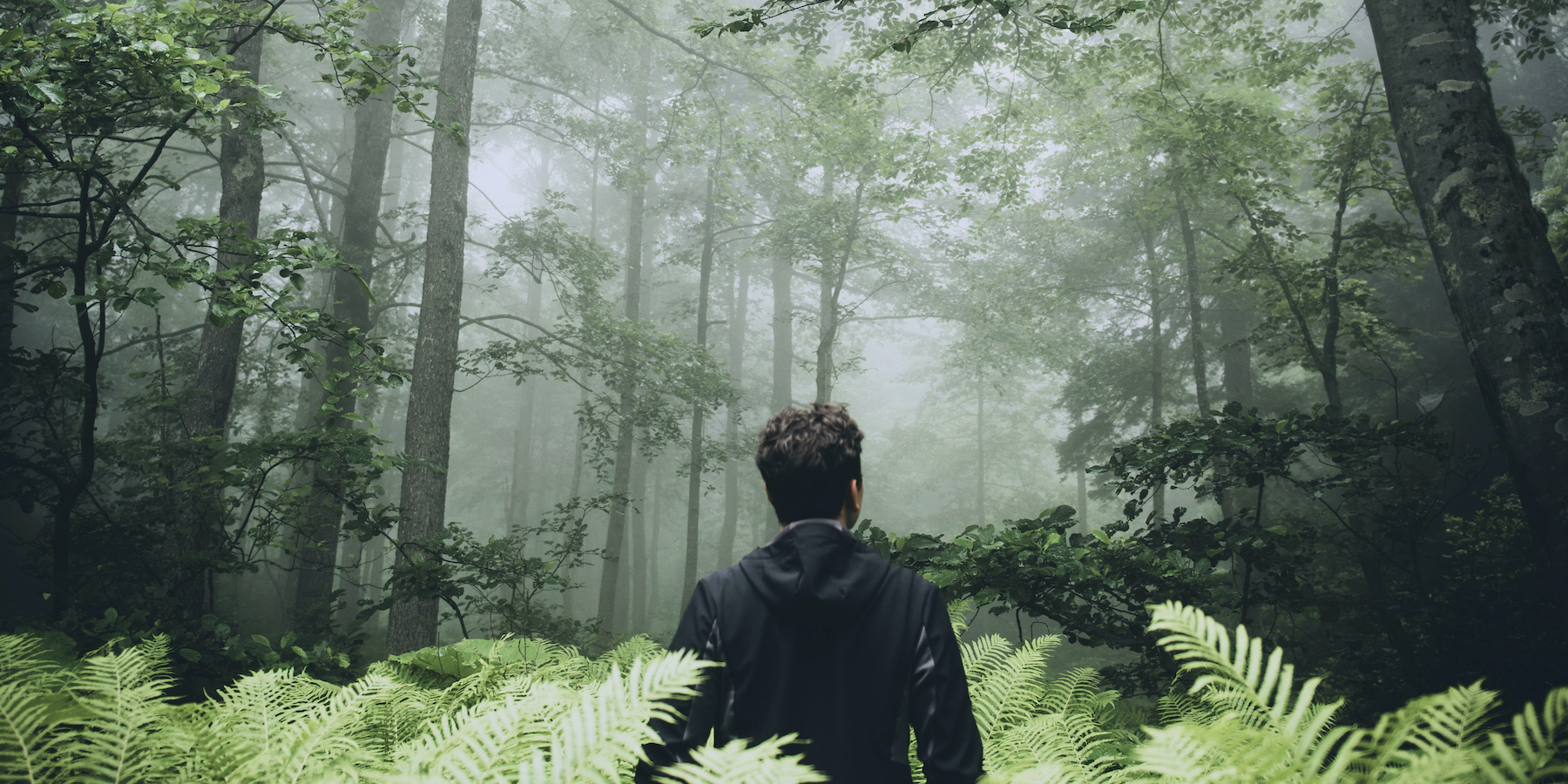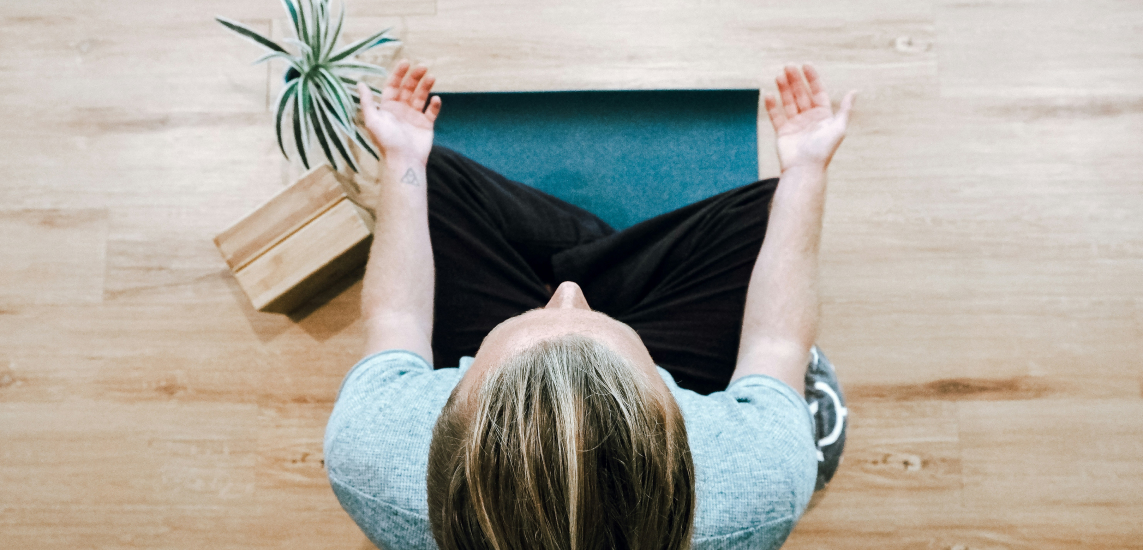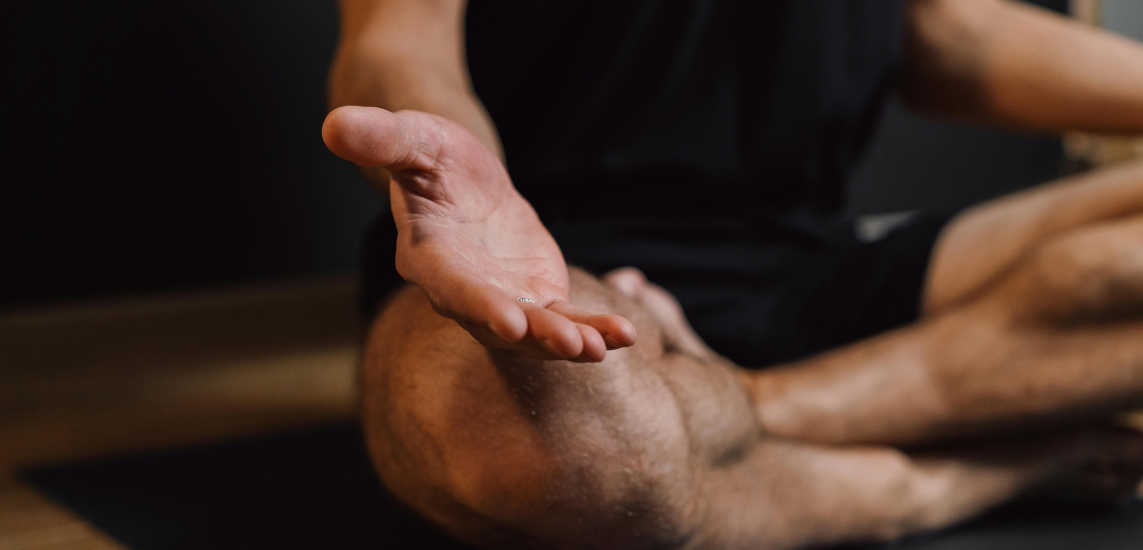Sometimes the daily stresses of life can be overwhelming. They can take a toll on both body and mind leading to feelings of anxiety. It’s therefore hugely important to understand and manage these feelings, as they can so easily evolve into something unmanageable. Here we’ll explore a technique that can help you self-regulate and self-care — visualization for anxiety.
Visualization For Anxiety: A Two-Way Path
Whether you are new to meditation or a seasoned veteran, you’ll probably have heard of visualization. It’s a popular technique in the world of meditation and can come in many shapes and forms. When you use visualization for anxiety, you typically imagine yourself in a different place, situation or state of mind in order to calm your mind and minimize the impact of unpleasant feelings.
Visualization is a two-way street, though — if we’re not able to control what we visualize, it can contribute to poor mental health. One example of this is how negative visualization can facilitate anticipatory anxiety — the manifestation of unhealthy thoughts about the future: For people who need to give an important presentation in a few days the thought “I’m going to forget my words” might suddenly pop into their head. Now this is completely normal. Most of the time we have the ability to shrug this stray thought off and move on. But sometimes this thought can consume our attention — we suddenly become engrossed in this negative scenario. Because visualization is so powerful, we start to really feel what forgetting our words is like. This may manifest in feelings of panic and other classic symptoms of anxiety such as increased heart rate and shallow breathing.
Read more: Learn about the workings of breathing techniques for anxiety relief.
Your Brain On Visualization
We know that visualization can lead to very real experiences about the scenario that our minds present to us. Imagining yourself forgetting the words to your presentation is surprisingly similar to actually forgetting your words. But what happens in the brain when people use visualization?
Recent endeavors in neuroscience have allowed scientists to peek inside people’s minds in order to answer this question. A 2015 research paper used a clever technique to read out subjects’ brain signals using an fMRI machine. The researchers made subjects firstly view a piece of art and scanned their brains while they were doing so. The subjects were then asked to use visualization techniques to imagine the same piece of art. The results showed that the brain signals were almost identical when the participant visualized the piece of art compared to when they actually viewed the artwork.
This research highlights how visualization can influence and forge our realities as we know it. But has visualization proved to help when we’re feeling anxious or mentally unwell?
Read more: Explore how to compassionately work with morning anxiety.
The Power Of Visualization For Anxiety
Although it’s difficult to probe exactly what goes on in the brain when we visualize, some researchers have shown that visualization can have an immensely positive effect on mental health.
A study by João Apostolo and Katharine Kolcaba investigated how guided visualization can minimize feelings of anxiety in a clinical population. The researchers asked patients with severe anxiety to listen to a CD every day for ten days. The CD utilised guided visualization techniques — the patients were invited to visualize spaces in which they felt comfortable and at ease. This included surrounding yourself with people that you love and immersing yourself in pleasant scenery. Unsurprisingly, the patients had significantly reduced scores of anxiety after the ten days.
In a similar study, participants were asked to either imagine themselves in a scene of nature, or an urban setting (such as a shopping mall or an apartment building). The researchers wanted to investigate this as it’s well known that immersing yourself in nature can be a massive boost for your mental health. But is it the same if we simply place ourselves there through the power of visualization?
The answer, again, is yes. When you immerse yourself in pleasant nature-based scenes, levels of anxiety are significantly reduced and are much more manageable.
Visualizing Places Of Comfort & Peace Can Make You Feel Comfortable & Peaceful
One of the reasons why visualization for anxiety may be so powerful is because the brain processes visualized imagery in a similar way to the real experience. When you feel peaceful in and are in nature , your body naturally responds with physiological reactions that are the antithesis of anxiety — your heart rate drops, your breathing deepens and you generally feel calmer. Similarly, if you imagine yourself immersed in the same scene, with the same sensory experiences, your body will also respond in a calm and measured way. By utilizing visualization techniques, you can prevent yourself from becoming engrossed in anxious thoughts and experiencing symptoms of anxiety.
Find Your Own Safe Space
Now that we understand the power of visualization, we can utilize this as a tool to help calm our anxieties. Explore this selection of guided visualization for anxiety that help to calm the mind:


- Anxiety Is Not Your Enemy Traci Moreno 3:38
- The Secret Garden Meditainment 21:00
- Flow Like A River Jessica Amos 24:58
- Relaxing Tropical Visualization Dana Whitby 20:38
- The Beach - A Guided Visualization Tudor Alexander 6:32
- Waterfall Visualization Jay Foster 8:19
Explore thousands of guided imagery meditations as well as hundreds of guided meditations for anxiety in the world’s largest free meditation library.
Here’s a simple visualization technique for anxiety that you can use too:
- Make yourself comfortable, yet alert and active. You can take an upright position in a chair or lie down on a sofa or in bed. Try and find some time in the day when you’re unlikely to be distracted.
- To calm the mind, start with this breathing exercise. Cover your right nostril. Do three rounds of deep inhalation and exhalation. Once this is done, cover your left nostril, and do another three rounds of inhalation and exhalation. Finally, leave both nostrils uncovered, and complete another three full rounds of breathing.
- Make sure to turn a watchful and curious eye to the dynamics of your breath, in a calm and non-judgemental manner.
- Next, visualize a, for you, safe and relaxing space. This could be anywhere, but try to conjure it from memory. Where do you feel most comfortable and safe? Where do you usually let go of any worries?
- When you visualize your safe space, try to immerse yourself in the whole sensory experience. What do you feel? What do you see? What do you smell? Who is there?
- Start slow — say, 5 minutes. Once you’ve completed this technique in 5 minutes, you can slowly increase the amount of time that you immerse yourself in your safe space.
Much like a meditation routine, it takes many times to perfect and implement this technique in a productive way. That’s why it’s so important to practice, practice, practice! The 10-day Insight Timer course “Your Anxiety Relief Toolkit” by psychotherapist Andrea Wachter teaches a variety of cognitive, psychological and spiritual tools to help cope with, and decrease anxiety. Listen to day one now:


- Chapter One: The Four B's of Being Andrea Wachter 12:14
Once you’ve practiced visualization for anxiety enough, you may start to notice more elements of the experience that you didn’t before — you can more clearly imagine the sounds associated with your safe space or feel a rise in body temperature because you can feel the heat of the visualized sun. This will help to make the visualization more powerful and can be more useful when you need it the most.



-1.jpg)



